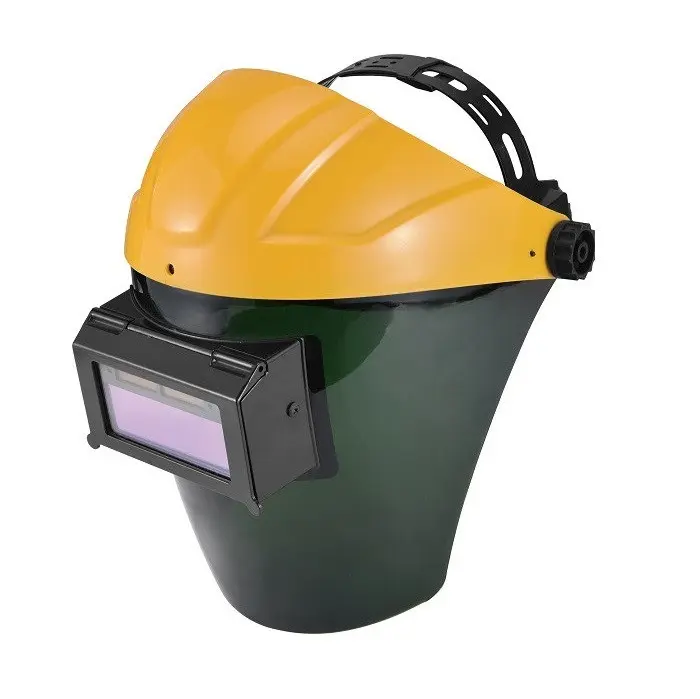Safety helmets are designed based on the principles of engineering and materials science to provide effective protection against head injuries. The science behind safety helmets involves various key elements that work together to prevent head injuries in the event of an impact. Here are some of the fundamental aspects of how safety helmets work:
- Impact Absorption: The outer shell of a safety helmet is typically made of a hard material, such as high-density polyethylene (HDPE) or fiberglass. This rigid outer shell is designed to distribute the force of an impact over a larger surface area, reducing the impact’s intensity. This helps prevent the helmet from breaking and disperses the force before it reaches the wearer’s head.
- Crush Zones: Modern safety helmets often incorporate a “crush zone” or a deformable layer within the helmet’s structure. This layer is typically made of foam or other impact-absorbing materials. When an impact occurs, this crush zone compresses, further reducing the force transmitted to the head. The deformation of this layer helps dissipate energy and protect the wearer’s skull and brain.
- Suspension System: The suspension system inside the helmet, typically composed of straps or bands, serves multiple purposes. It keeps the helmet at an optimal distance from the head, allowing for ventilation and preventing direct impact. The suspension system also adds a buffer between the outer shell and the head, helping to absorb and distribute energy from an impact.
- Penetration Resistance: Safety helmets are designed to prevent sharp or pointed objects from penetrating the helmet’s shell. The rigid materials used in the outer shell, along with specific design features, help protect against punctures and penetration injuries.
- Energy Dissipation: Helmets are engineered to dissipate the energy from an impact by converting it into less harmful forms. This can involve the transformation of kinetic energy into deformation energy (deforming the helmet) and heat energy (from friction). Reducing the energy transfer to the head is essential in minimizing the risk of injury.
- Distribution of Impact: Safety helmets are shaped to distribute the impact force over a larger surface area, reducing localized pressure on the head. This minimizes the risk of skull fractures, concussions, and other head injuries.
- Retention System: Helmets often have a chin strap or retention system to keep the helmet securely in place during work activities. This ensures that the helmet remains positioned to provide protection and doesn’t come off during an impact.
- Materials and Testing: Safety helmets are made from materials that have been rigorously tested for their ability to withstand impact and penetration. These materials are carefully selected for their strength and durability. Helmets are also subjected to various impact and penetration tests to ensure they meet safety standards.
- Customization and Fit: Ensuring a proper fit is essential for helmet effectiveness. Some helmets have adjustable components, allowing users to customize the fit to their head shape and size. A well-fitting helmet ensures that all the safety features work as intended.
Overall, the science behind safety helmets focuses on managing energy, force, and impact during accidents or hazardous situations to minimize the risk of head injuries. The combination of materials, design, and engineering principles plays a critical role in enhancing the safety of workers and individuals in various industries and activities.


